FORT MAGSAYSAY, Philippines - U.S. Marines and members of the Armed Forces of the Philippines performed before a special guest as they conducted a combined live-fire demonstration at Fort Magsaysay, April 13 as part of Exercise Balikatan 2011.
President Benigno S. Aquino III, president of the Philippines, observed the day's events, which began with a live-fire convoy operation that simulated a resupply run through enemy obstacles.
The live demonstration was a culminating event of Balikatan 2011 that showed senior military and civilian leadership how well Philippine and U.S. forces operated together, said Col. Stephen M. Neary, Marine Forces commander.
"What we saw today was Philippine Army, Philippine Marine Corps and U.S. Marine Corps forces operating in a convoy and get engaged by the enemy," said Neary. "The lead security element dealt with the enemy situation, cleared the obstacle by using the (anti-personnel obstacle breaching system), and then allowed for the (humanitarian and disaster relief) supplies to continue with the mission."
Both U.S. Marines, attached to Marine Forces here, and their counterparts in the AFP have been working "Balikatan," or shoulder-to-shoulder, for more than 26 years. Marine Forces is comprised of different units from throughout III Marine Expeditionary Force, based mostly in Okinawa, Japan.
The demonstration also featured another event which troops responded to simulated mass casualties caused by an improvised explosive device attack.
The event went well and helped showcase the knowledge shared between the Marines and AFP, said Petty Officer 3rd Class Francesco Tancock, a tactical combat casualty care trainer with 3rd Medical Battalion, Combat Logistics Regiment 3, 3rd Marine Logistics Group, III MEF.
Tancock was one of the U.S. Forces who helped train their Philippine counterparts.
"They are motivated and eager to learn," said Tancock about the AFP members.
Despite the absence of some gear, the Philippine forces were still effective in tactical combat casualty care and it showed during the mass casualty drill, Tancock added.
Marines are known for being able to adapt and overcome. It's something that the AFP seems to do well, also.
In a display of their lethal and non-lethal capabilities, each nation's fighting force left spectators impressed, said Neary.
After the live-fire demonstration, distinguished visitors got a close-up look at a Marine Corps Martial Arts display, the capabilities of unmanned aerial vehicles and the skill of the shock trauma platoon in assessing and providing treatment to servicemembers.
The demonstration epitomized what Balikatan 2011 is all about -- building camaraderie, said Neary. Working with the community and developing relationships with the Philippine forces and people has created a strong bond with U.S. Marines.
A bond that exercises like Balikatan 2011 will help continue to prosper.
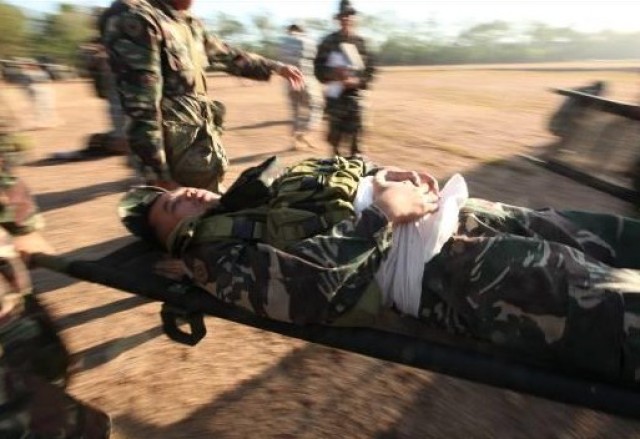
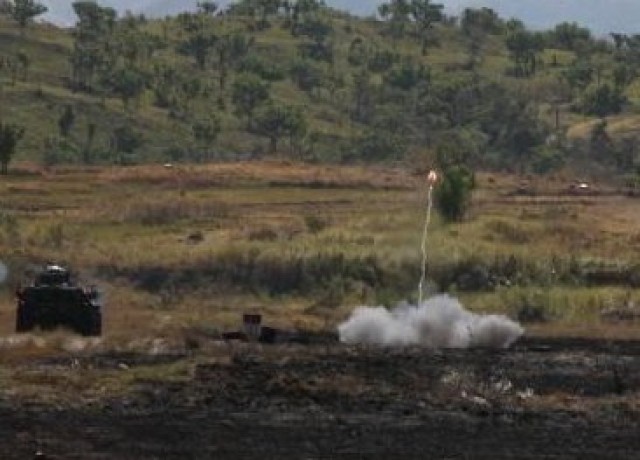
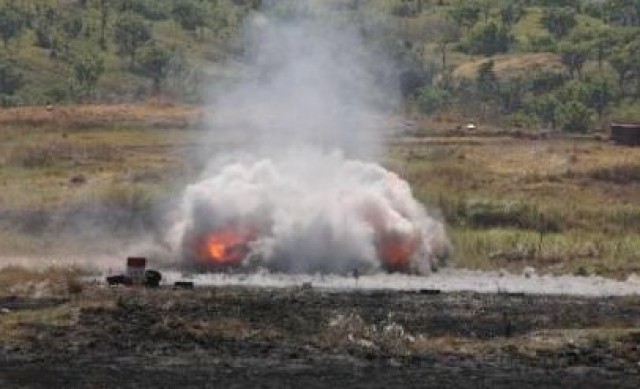
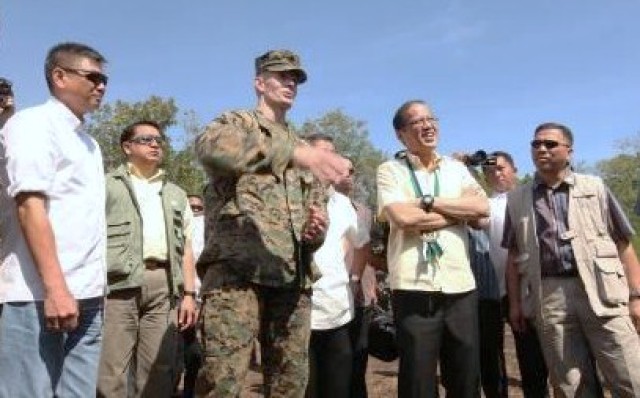
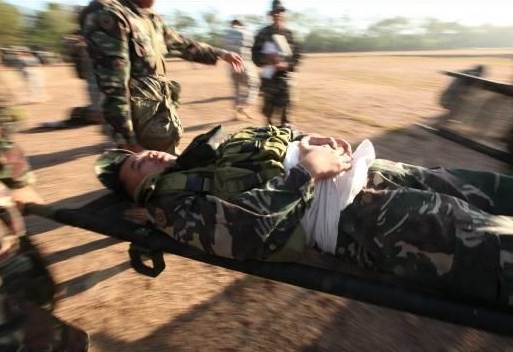
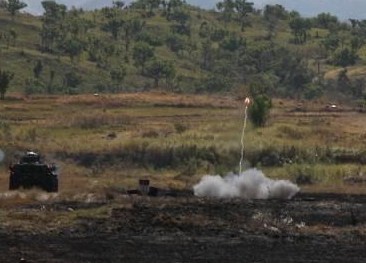
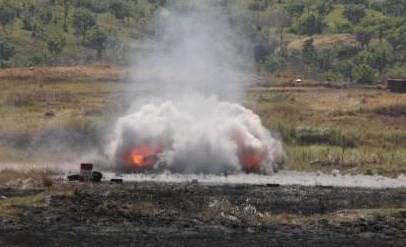
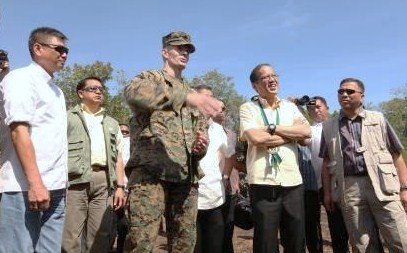
Social Sharing